Working as a Northern Audiologist in Iqaluit
Q. Who are you?
We are two audiologists who have recently worked or are currently working in Iqaluit, Nunavut within the public health sector of the Government of Nunavut. Kelly worked and lived in Iqaluit from February 2021 – July 2022 and Sylvia arrived in June 2021 and is currently the sole indeterminate audiologist for the region.
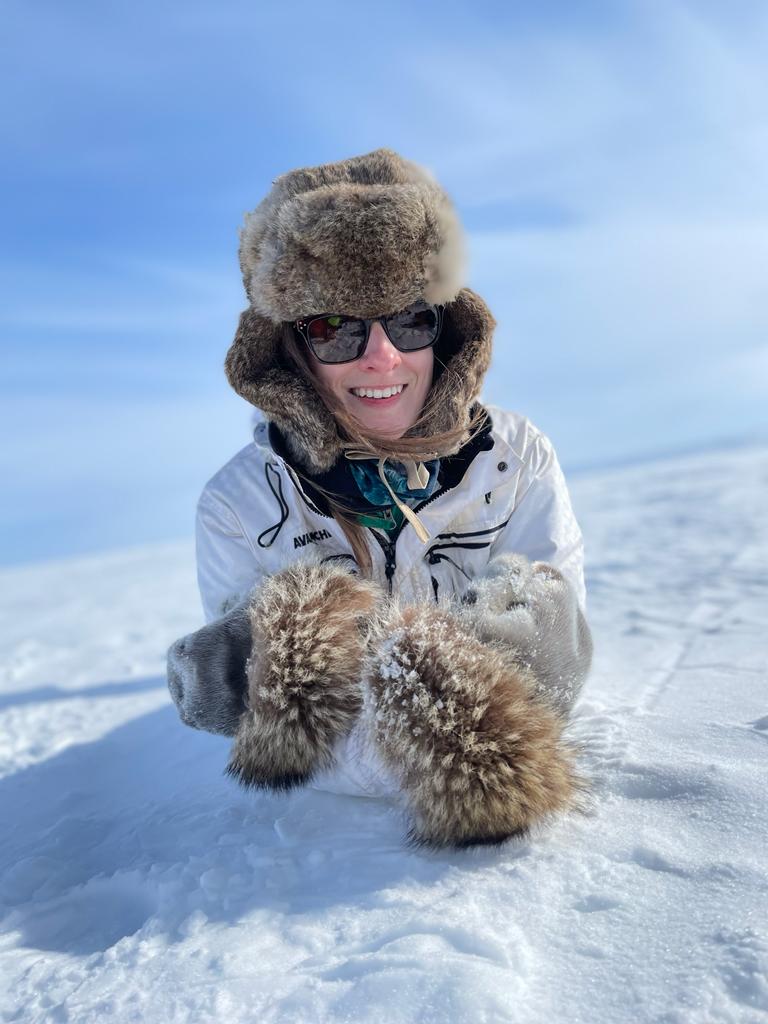
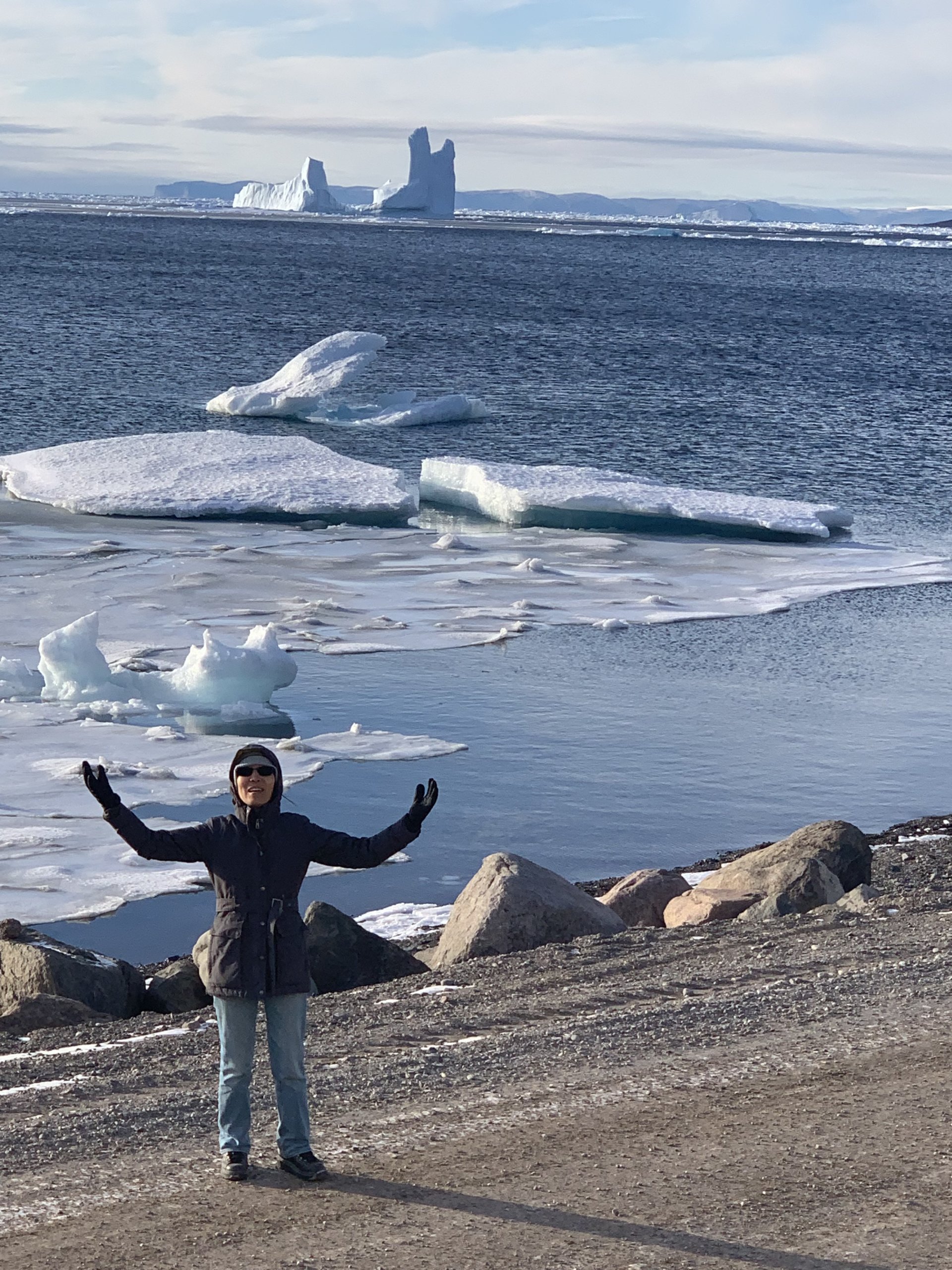
Q. Who lives in Iqaluit?
Iqaluit is the capital city of Nunavut which is home to the northern indigenous people of Canada, the Inuit. Nunavut is the newest Canadian Territory. It was formed in 1999 as a result of the largest Indigenous land claims settlement in Canadian History. Nunavut means "our land" in Inuktitut. It comprises three regions: Qikiqtani (Qikiqtaaluk/Baffin), Kivalliq, and Kitikmeot. Iqaluit has a population of around 8,000 and is 50-60% Inuit. As the city continues to grow, many non-indigenous people call Iqaluit home. The city also has a large transient workforce consisting of rotational workers in healthcare, education, trades and sciences, to name a few.
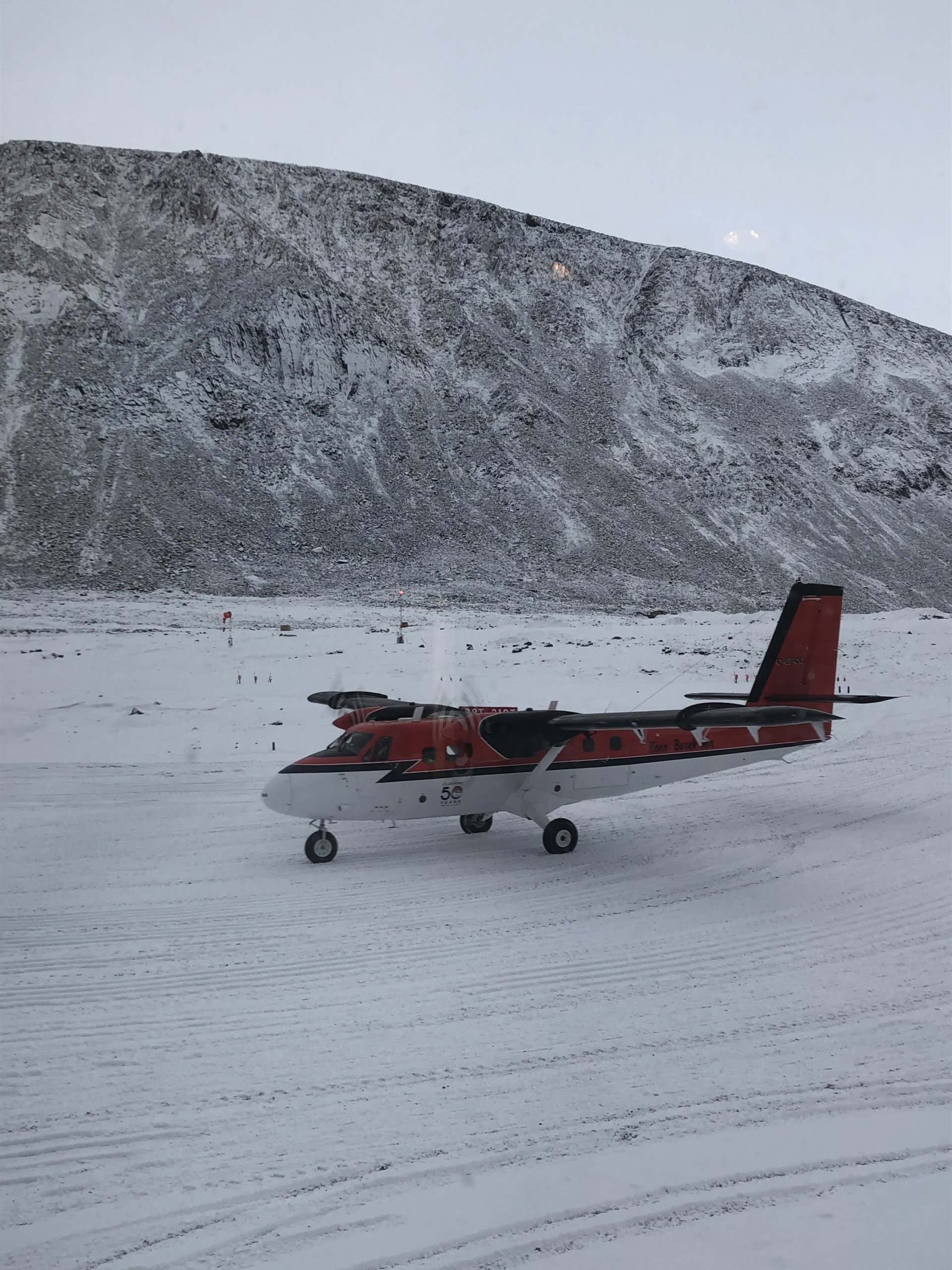
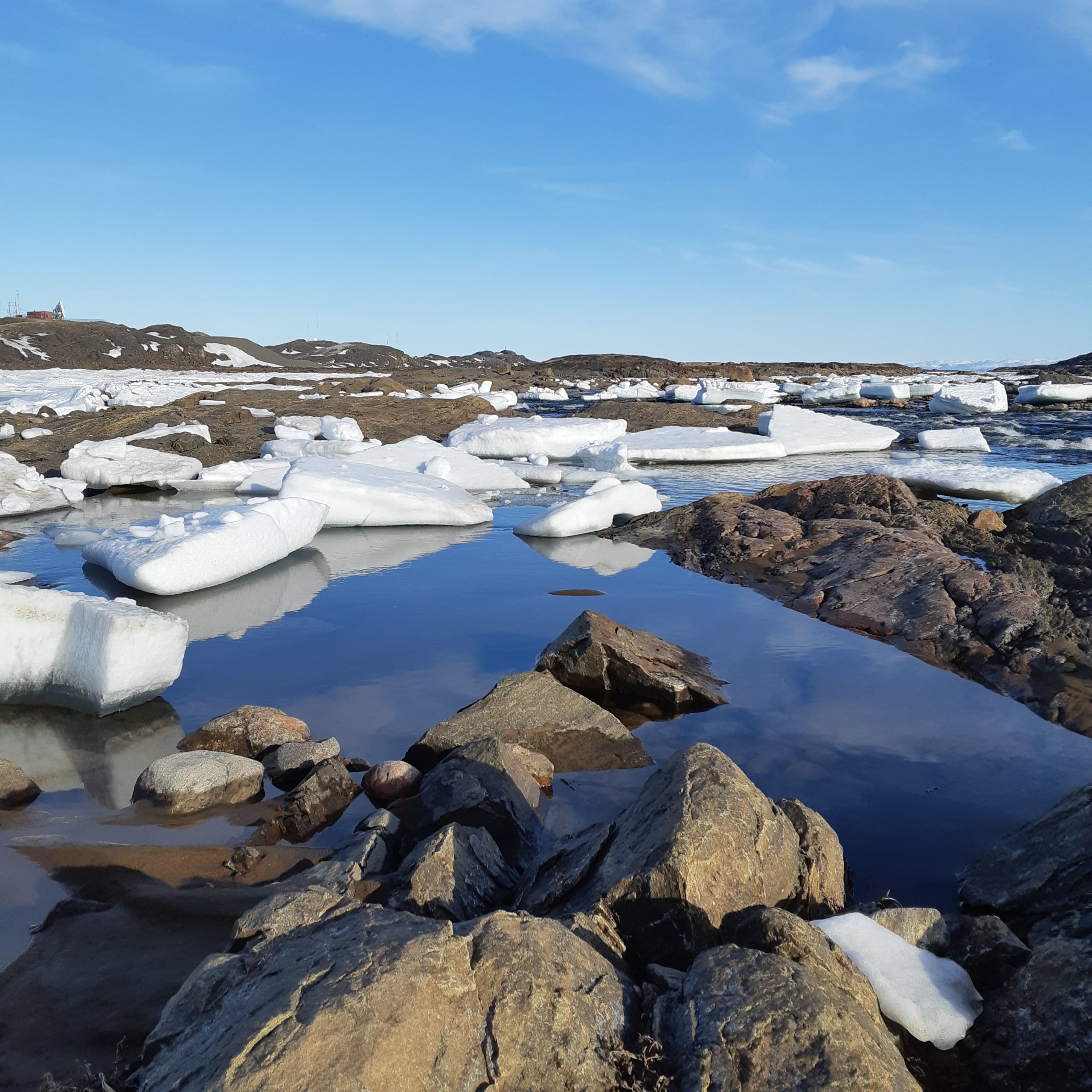
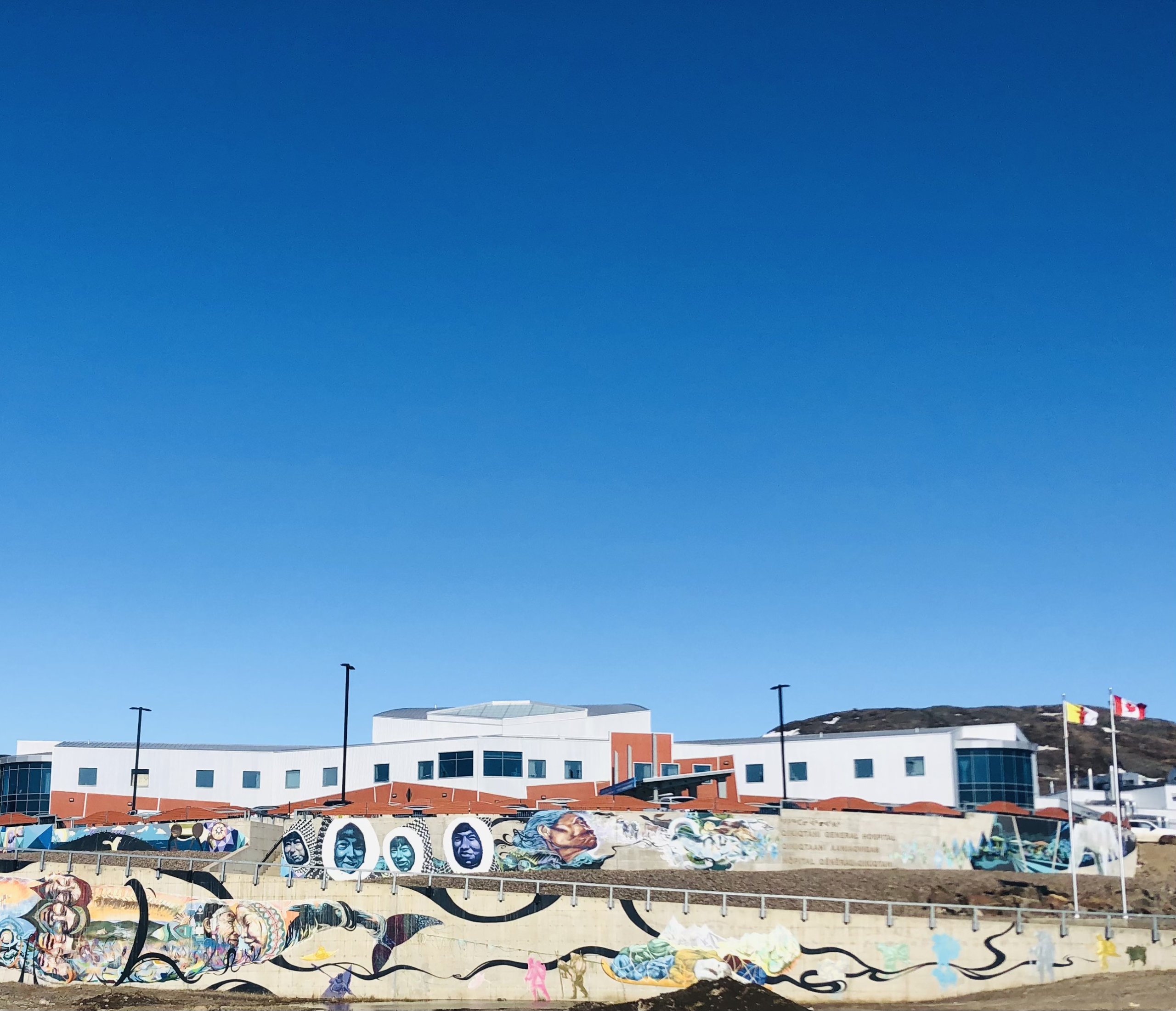

Q. Is it always cold?
No - the summer months can have warm days that hover around 20 degrees. The winter is long and cold, and the wind will bite through your clothes if you’re not appropriately dressed. Walking to work is common and ski goggles might become your best friend.
Q. Is it 24-hour darkness in December?
No - the shortest day has a light window between 11am - 1pm. November to January are dark months, but there are also often beautiful Northern lights shows in that time. Some people find the 24-hour daylight in June to be more hard on the head - blackout curtains can be very helpful!

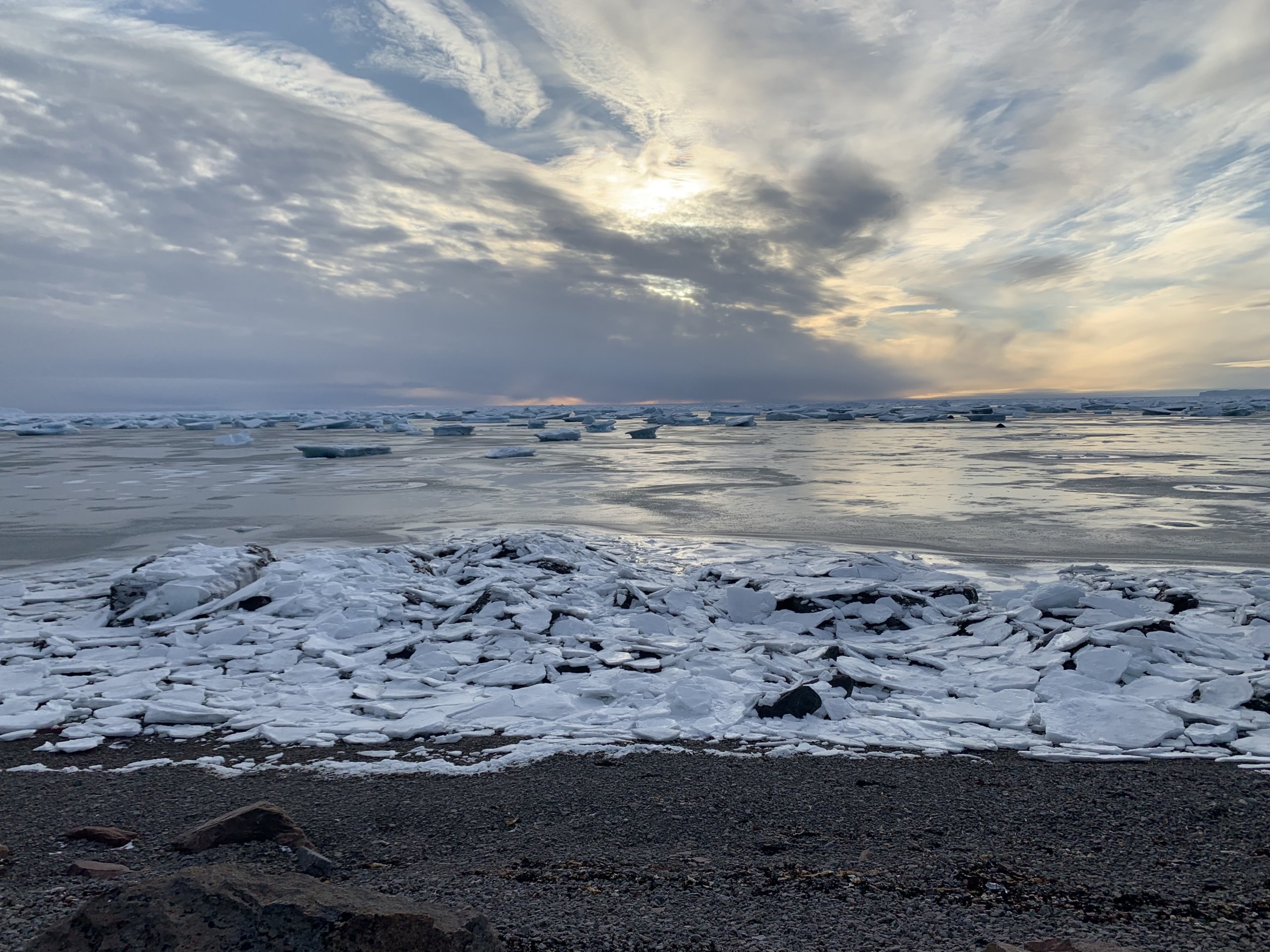
Q. What do you do for fun?
People are often surprised to hear how social life can be in Iqaluit. The city has many “Southerners” as you’re called when you are from Southern Canada that arrive knowing no one and are welcomed into the fold. There are often festivals or concerts on the weekend, sports teams to join, hiking or camping in the tundra, or visits to the local brewery or restaurants. In the winter you can walk along the sea ice, snowmobile, or cross-country ski - or hole up at the friend’s house who hasn’t maxed their monthly data plan yet and watch a movie.
Q. What is the job like?
The position encompasses many audiology aspects typically divided up in a Southern clinic. You are a clinician, administrative assistant, clinic coordinator, trainer, program developer, etc. You are responsible for the entire Qikiqtani region. Qikiqtani comprises Iqaluit and 11 other smaller communities dotted along Baffin Island. The total population is around 20,000. The job includes community travel for weeklong clinics, allowing you to visit the most Northern places in Canada and see Inuit directly in their hometowns. The audiologists service pediatric and adult populations, and as of this writing, there is no infant hearing screening program for the region. Because of the large demands of the job and complexities of coordinating care in the north, audiology services are limited and the focus is on a high standard of care for the services offered.
You work within the hospital’s rehabilitation team, which has occupational therapy, physiotherapy, speech and language pathology and audiology. There is usually quite a bit of interaction with doctors, ENT travel clinics, schools and southern hospitals to coordinate patient care.

Q. Is there a lot of hearing loss there?
Yes. A 2020 study found prevalence rates of hearing loss in Nunavut children tripled those of non-indigenous Canadian children.1 A large portion of the hearing loss is related to ear infections, requiring more frequent monitoring and intervention by pediatricians and ENTs. Patients are fit with traditional amplification or soft-band bone-anchored hearing devices in Iqaluit. Some are seen in Ontario and fit with surgical bone-anchored hearing devices, or cochlear implants.
As of 2022, the rotary-driven non-profit group, Bheny (Better Hearing in Education for Northern Youth), implemented sound field systems in nearly every classroom across every school in Nunavut. Support and training to maintain these systems is ongoing. https://bheny.ca/helping-kids-hear/
Q. Why is hearing loss a problem?
[Taken directly from the BHENY website]:
- There is no newborn hearing screening program to identify babies with hearing loss, and very few formal screening programs for preschool or school age children, so hearing loss can be diagnosed very late
- There is an extremely high prevalence of hearing loss in Inuit children and youth due to complications from ear infections. Elsewhere in Canada, permanent hearing loss resulting from complications of ear infections is rare, but it is extremely common in Arctic regions
- Access to health care, particularly to otolaryngologists and audiologists, is difficult; many children receive services (including hearing aid fitting) in other provinces and follow-up is inconsistent
- Hearing loss leads to difficulty learning both English and Inuktitut. Preserving the language of Inuktitut requires being able to hear well
- Hearing loss leads to difficulties learning to read and write, as well as social difficulties, bullying, poor academic outcomes, and low high school graduation rates
- Children sometimes stay home from school for days or weeks at a time, because they cannot hear well enough to learn
Q. What will help you in this job?
Being a highly organized, compassionate and self-driven person will take you far! You need to be self-motivated and recognize when to take breaks to prevent burnout. Coordination of care is possibly the most challenging aspect of this job as you are interacting with 11 separate community health centres and transient healthcare workers, patients who are being flown in and out of Iqaluit as well as Ontario for appointments, and complex social dynamics that must always be taken into consideration. The history of the Inuit is challenging, and treatment by the Canadian government was brutal at times. Doing some historical research and always being culturally aware and sensitive in the job is essential. Knowledge of the Inuit language in the region, Inuktitut, is hugely beneficial. Even knowing that in Inuit culture a nose scrunch means “no” and raising the eyes means “yes” can crack the code for a child who has been telling you they heard the beep in the way they felt comfortable the entire time.
It is a highly rewarding job and you are an advocate for a vulnerable population that is vastly under-served. Maintaining a healthy work-life balance is crucial, though; fortunately, there are many ways to do this in the Arctic!
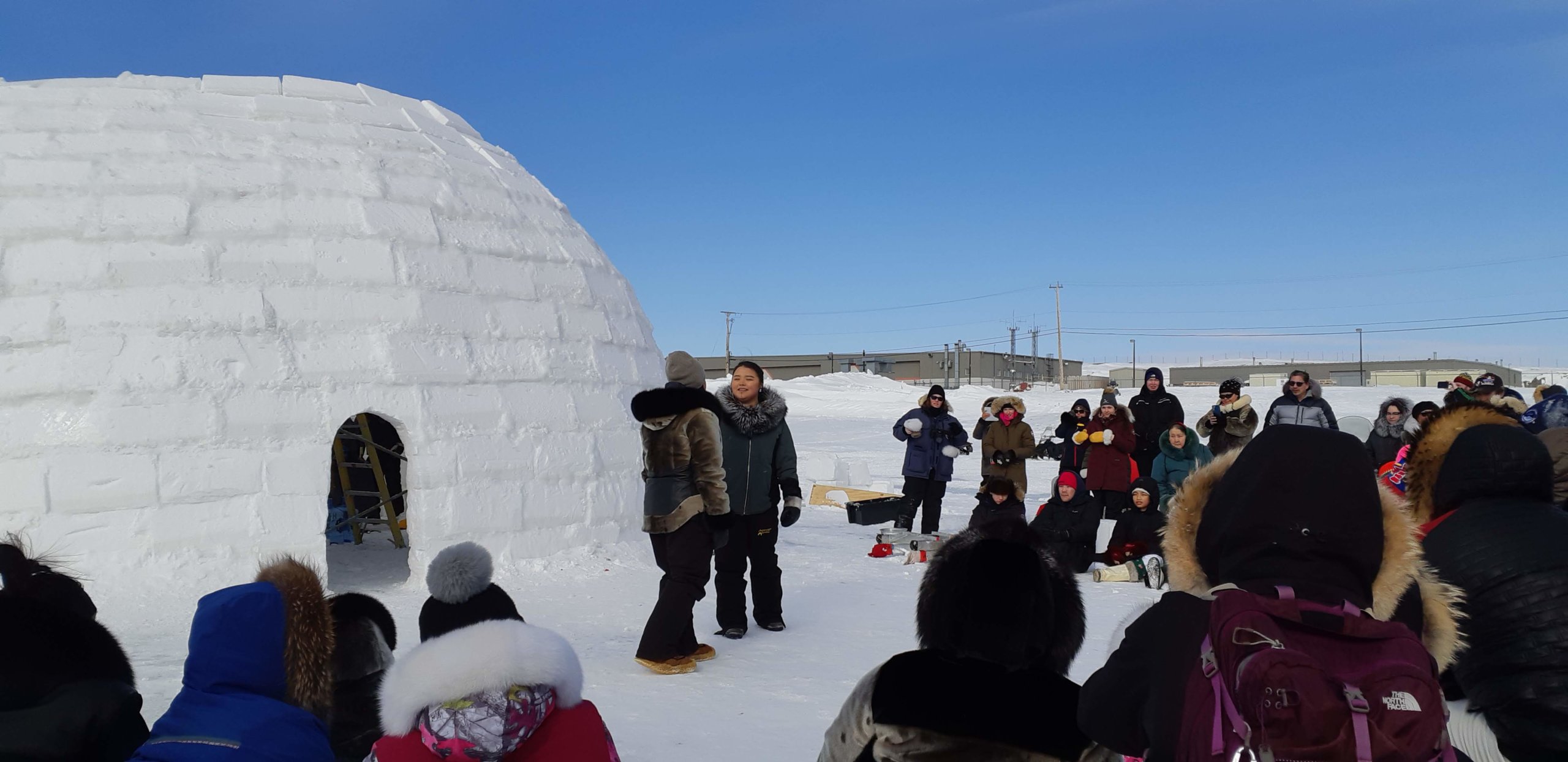
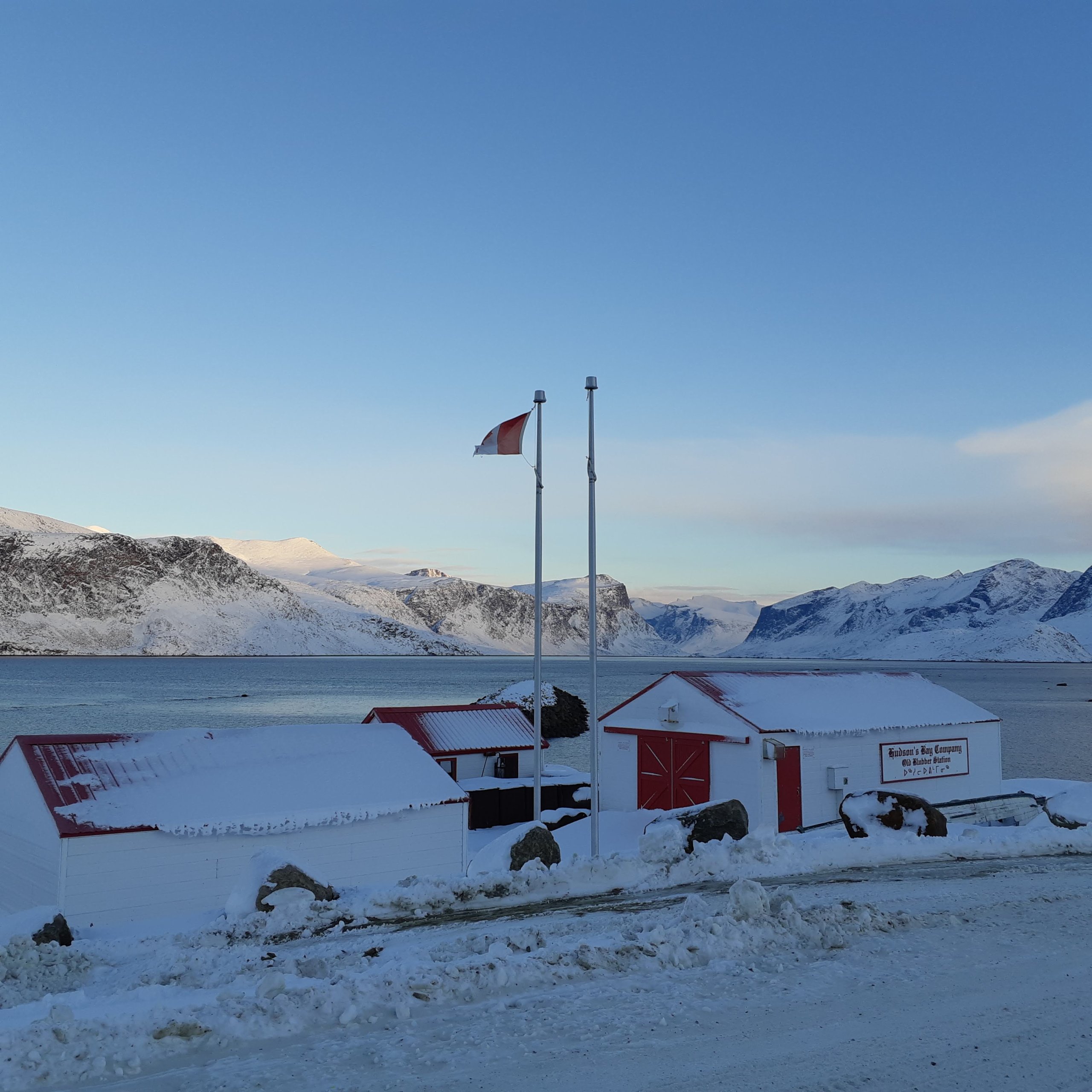

Q. What’s it like to live in Iqaluit?
Like anything, you get what you put into living and working in Iqaluit. The landscape is truly stunning and Inuit history and culture is beautiful. Inuit you work with or see as patients will happily share stories with a willing ear. There are challenges with living in a remote, fly-in only community but Iqaluit is more connected than ever before - there’s even an Amazon hub! Social situations are complex for many people in the north and people face true hardship. But, if you arrive with an open mind and a genuine desire to help, it should be a place you’ll never forget.
Reference
- Fitzpatrick EM, McCurdy L, Whittingham J, et al. Hearing loss prevalence and hearing health among school-aged children in the Canadian Arctic. Int J Audiol 2020; 1-11.

